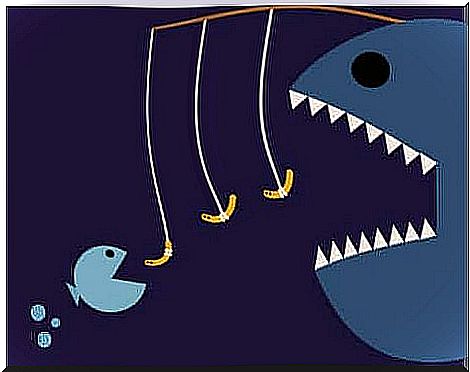How To Detect Consumer Fraud In Trade And Advertising

Trade and advertising are parts of marketing, a field that often uses mechanisms to “motivate” people to buy products. They are confusing, and that is only because they deliberately omit valuable information in order to sell more. Thus, one can safely say that they are designed for consumer fraud.
The law prohibits misleading advertising practices in most countries, and the truth is that many advertisers and sellers rarely break the law. However, these procedures are not always as transparent to customers as they should be.
There are many ways to carry out consumer fraud. Some are actually so subtle that they are often not noticed. This is why every person needs to be aware of them and avoid being manipulated into making unnecessary burdensome purchases.

Consumer fraud and omission of information
In one way or another, all consumer fraud is about deliberately omitting information. However, in some cases this is a fundamental point in the advertising of a product. The funny thing is that they often use this strategy while presenting a lot of information.
This is a typical example of this form of fraud in credit card campaigns. These often invite customers to events such as “holiday only for winners”. When they have a careless customer at a meeting, marketers give them all kinds of information about the benefits of winning such an award. Of course they also tell them about the several destinations it covers and the hotels they want to stay at etc.
What they fail to say is that one can only take such vacations at the most inappropriate times of the year to visit a particular place. Also that you have to bring a certain number of companions for the benefits to be effective.
Transfer of incentive costs to the consumer
This type of consumer fraud occurs when the quantity or quality of a product or service is reduced without prior or direct notice to those who benefit from it. Somehow the consumer ends up with something other than what they thought they were buying.
An example of this is credit cards that provide important benefits for accessing them. For example, they may offer incentives such as certain services being free and accumulating points as long as you use the card. By doing this, the benefits are few as opposed to the obligations they generate.
Hide restrictions and terms
This is one of the most widely used mechanisms to mislead consumers. It consists of offering important benefits over subscribing to a service or purchasing a product. The customer later realizes that the terms are restrictive and outweigh the benefits.
An example of this is internet or cable TV services. They often offer six free months of service, but to access it you have to sign a contract for two years or more, often at a high price. Thus, they still get the money they did not receive during the “free” months.

Defects, imperfections or use
This type of consumer fraud is typical of websites that are exclusively dedicated to “bargains”. They offer products at prices that are quite attractive to consumers, but which do not inform in time / clearly that they are either used or defective.
These deficiencies become noticeable over time. For example, it happens with rebuilt, renovated or repaired electronic devices that look like new, but are not. Or with garments that are poorly made, and you only notice it after you have put them on.
Everything for free is consumer fraud
Do not be naive; nothing is free when it comes to trading. In fact, this would be absurd. This is because the logic of any private company is to gain benefits. Thus, it does not fit this principle. Just something to keep in mind.
For example, when someone gives you a “free trial”, it is clear that they are not asking you for anything in return, at least not directly. However, the cost of all these “free samples” is already part of the cost of the product they are marketing. In fact, you can buy the same product at a lower price if companies do not use this type of advertising.
People often overlook all these means of consumer fraud. Shopping is not what it used to be. You used to buy what you needed, and that was it. Now it’s a fun wonderful experience, or at least that’s what marketers are trying to make you believe. For this reason, you need to be careful not to fall victim to manipulation.









